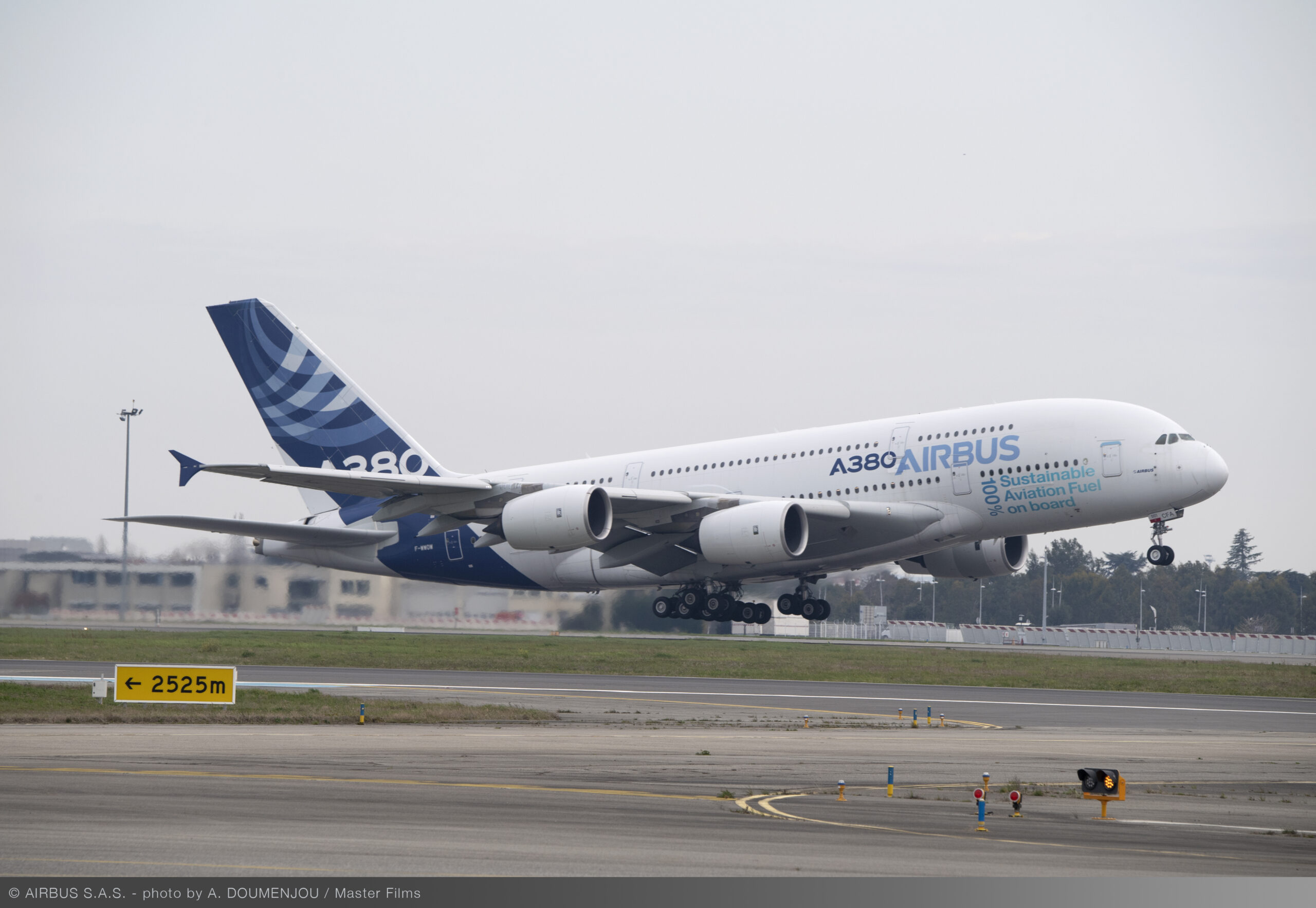For years, the Airbus A380 was thought to be a relic of a bygone era—an ambitious yet commercially unviable aircraft overshadowed by smaller, more fuel-efficient twinjets. However, as we progress through 2025, the aviation industry is witnessing an unexpected renaissance of the world’s largest passenger aircraft. With airlines reinstating the A380 into their fleets and passenger demand continuing to rise, the superjumbo is proving that it still has a place in modern air travel.
A380’s Return: Which Airlines Are Bringing It Back?
Several major carriers have reintroduced the A380, citing high passenger demand, delays in new aircraft deliveries, and operational efficiency at congested airports as key factors.
1. Emirates
As the largest operator of the A380, Emirates continues to deploy the aircraft on high-density routes such as Dubai to New York, London, and Sydney. The airline remains committed to the aircraft, ensuring its presence in the global fleet for years to come.
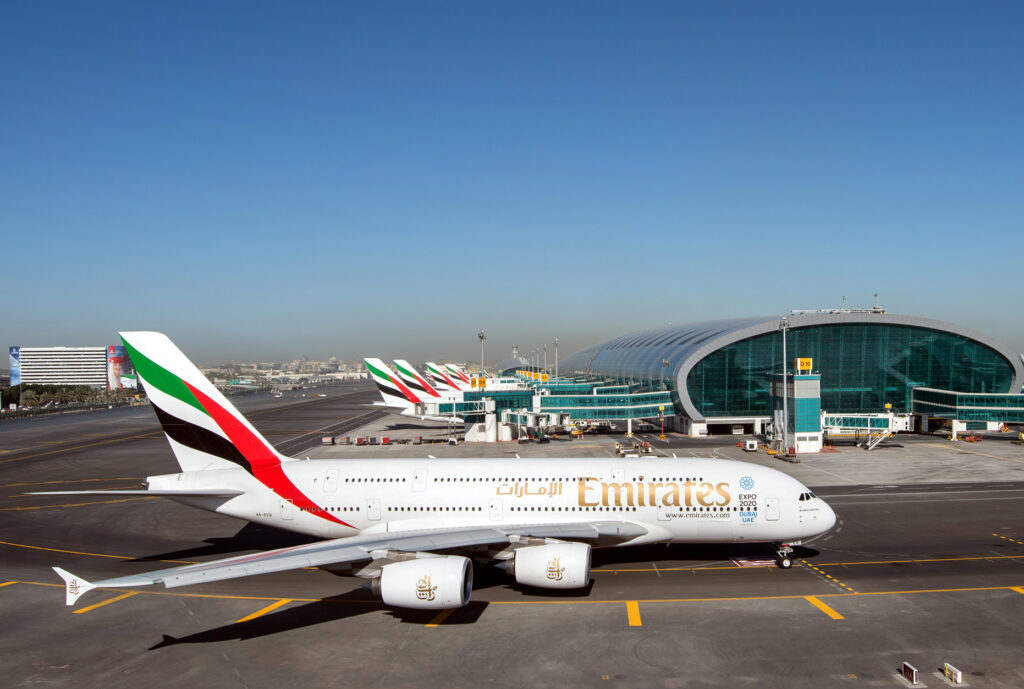
2. British Airways
British Airways is utilizing the A380 on key transatlantic and Asian routes. In 2025, the airline has increased its A380 frequency to San Francisco, offering two daily flights during peak travel months.
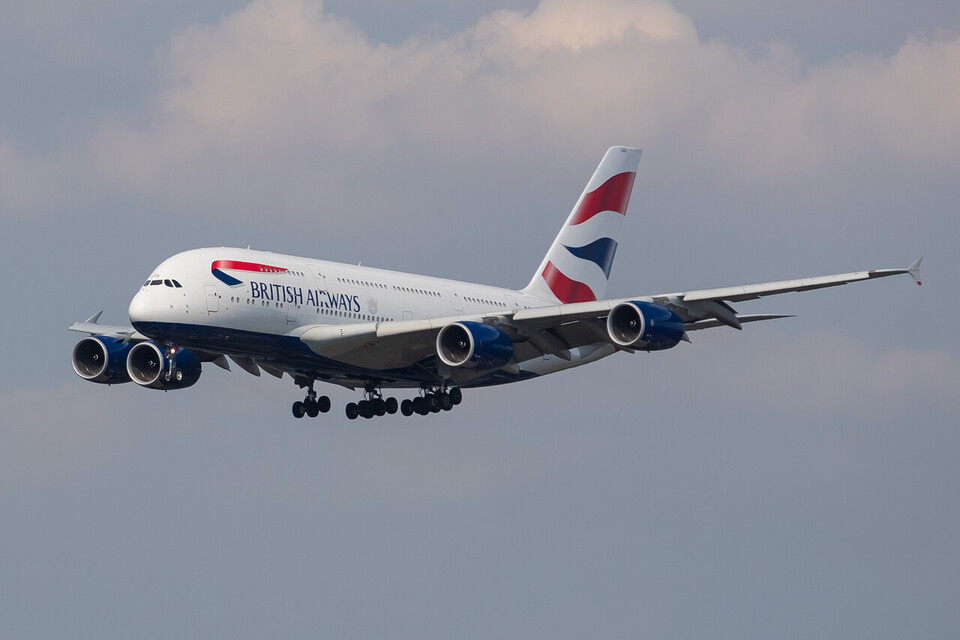
3. Qantas
The Australian carrier is reinstating the A380 on long-haul routes. Starting in August 2025, the A380 will serve the Sydney–Dallas route, with four weekly flights to accommodate increased travel demand.
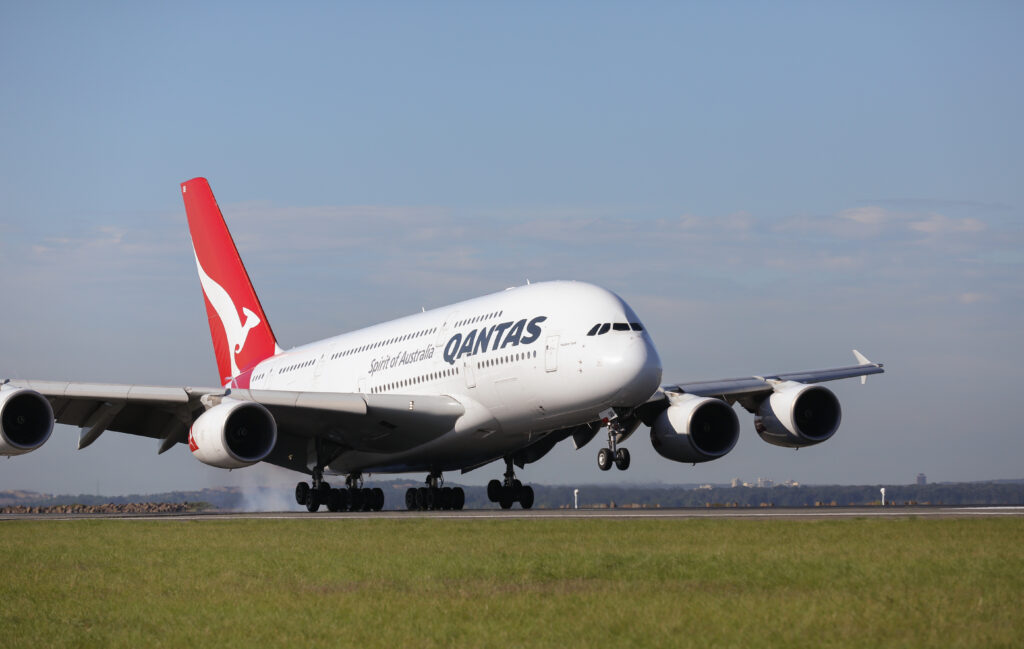
4. Lufthansa
Lufthansa has reactivated its A380 fleet and currently operates flights from Munich to Boston, Los Angeles, and New York (JFK). The airline is also adding Washington, D.C., and Delhi to its A380 network this year.
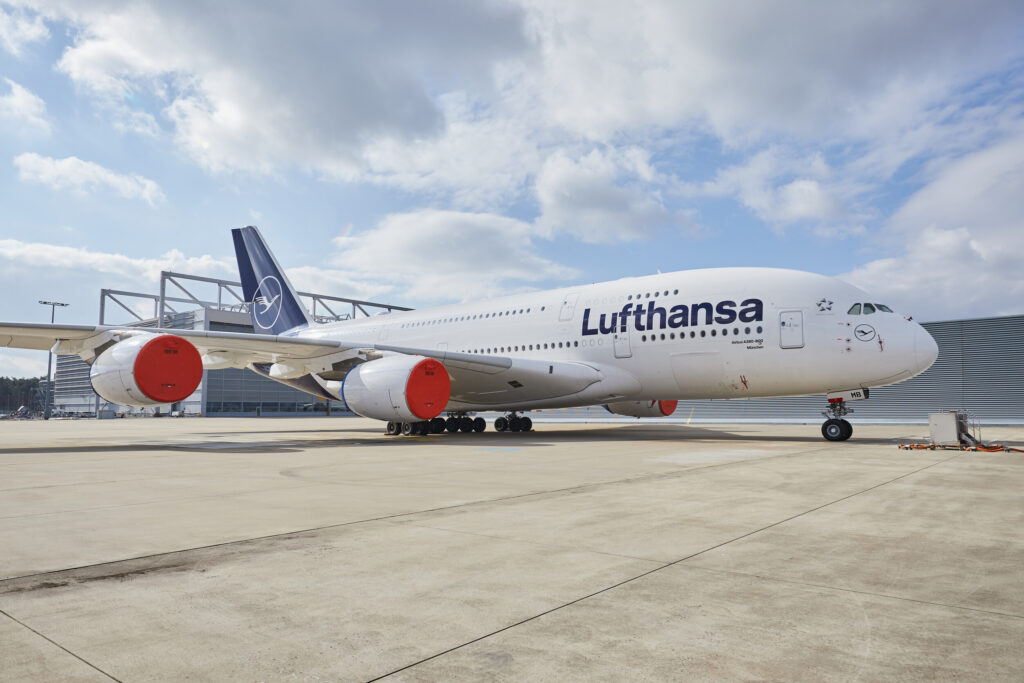
5. Etihad Airways
Following a hiatus, Etihad has brought back the A380, particularly for high-demand routes such as Abu Dhabi to London Heathrow, offering premium services onboard.
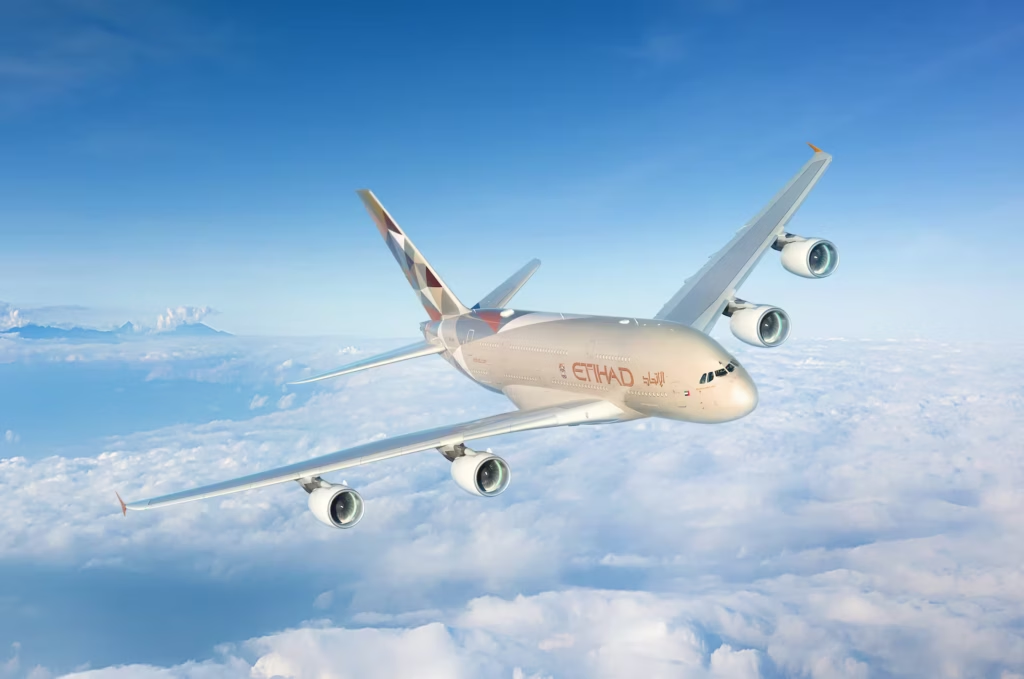
6. Singapore Airlines
Singapore Airlines continues to operate its A380 fleet on select routes, emphasizing its luxury travel offerings, including the famed Suites Class.
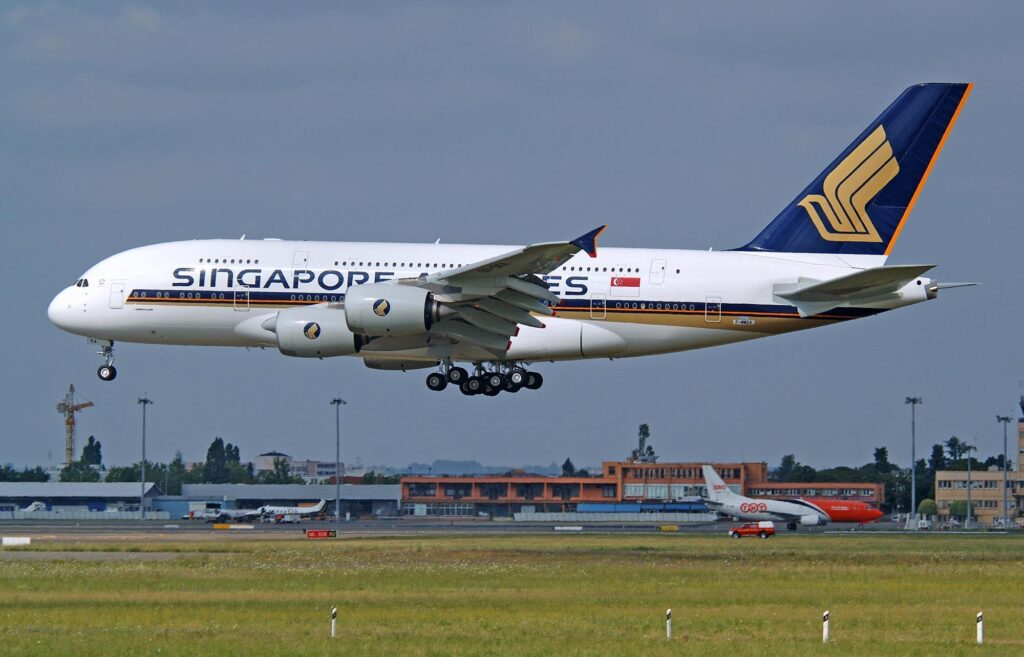
7. Qatar Airways
Despite previously voicing skepticism about the A380’s viability, Qatar Airways has reactivated its fleet for key routes, including Doha to London and Sydney.
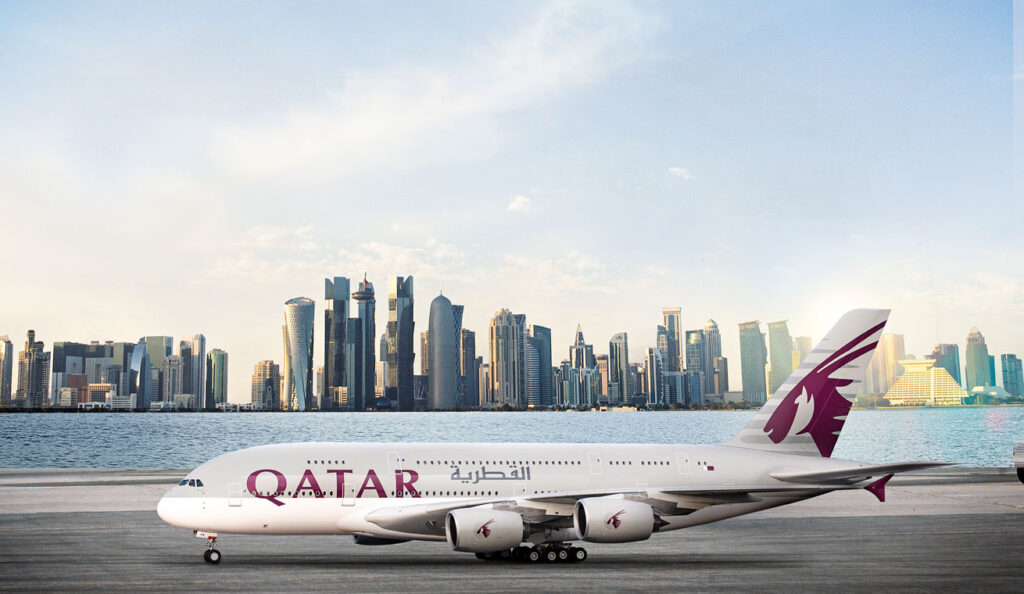
8. Korean Air & Asiana Airlines
Both South Korean carriers continue to use the A380 on major international routes, with Asiana introducing a new Seoul–Barcelona route in 2025 to coincide with the Mobile World Congress.
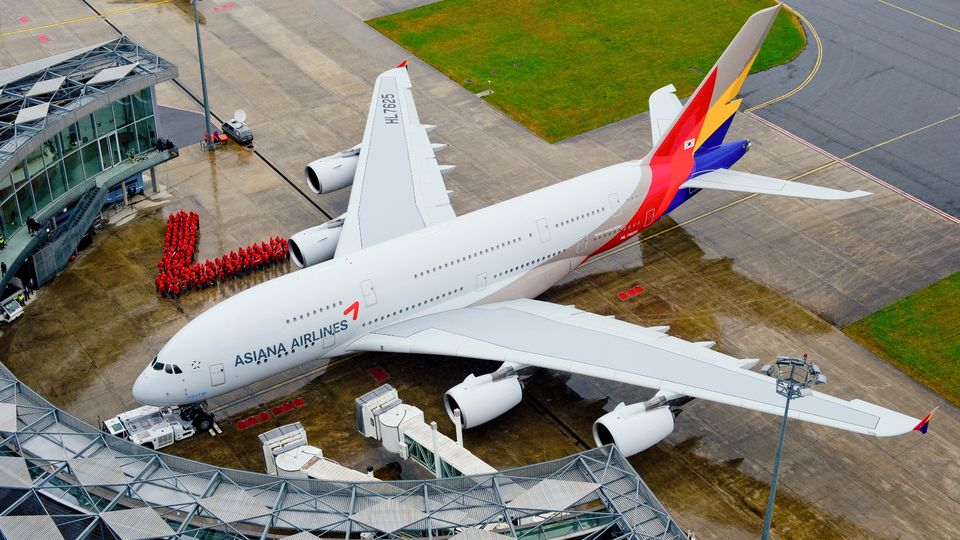
9. All Nippon Airways (ANA)
ANA utilizes the A380 for select premium leisure routes, ensuring passengers experience its spacious and comfortable cabin configurations.
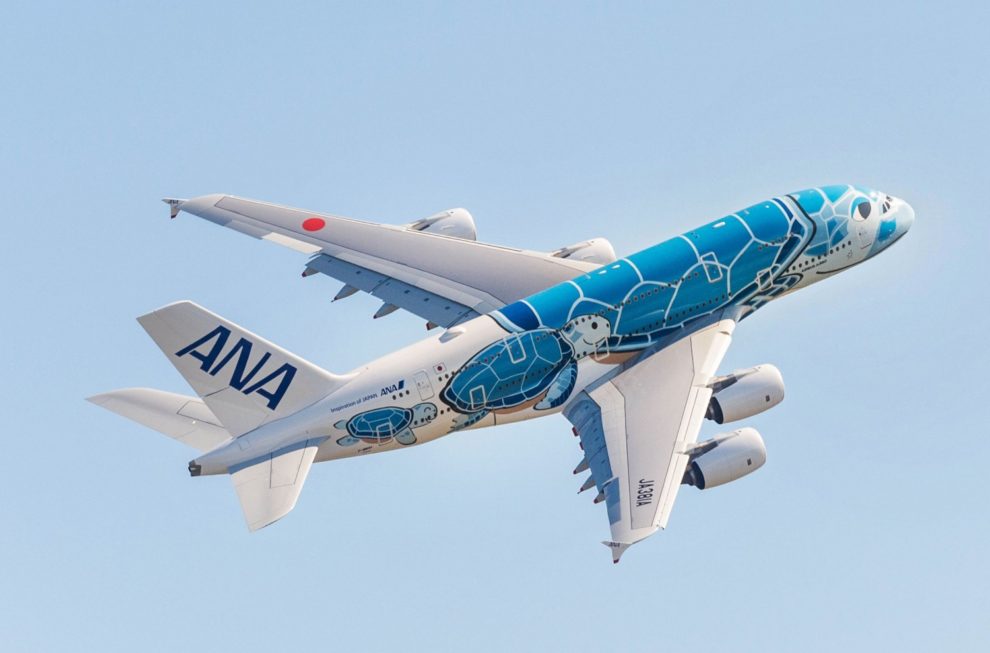
10. Global Airlines
A new entrant, UK-based Global Airlines, is preparing to launch operations exclusively using A380s in 2025, initially connecting London and New York.
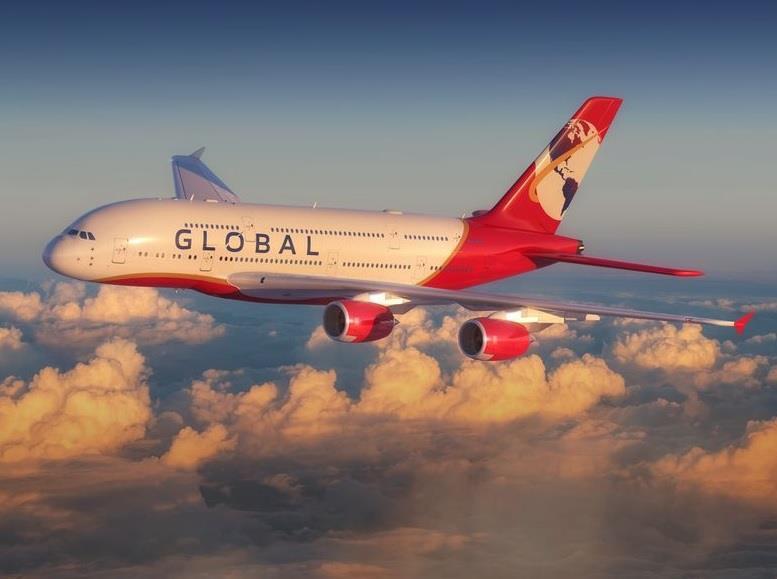
Why Is the A380 Making a Comeback?
The resurgence of the A380 is largely attributed to several factors:
1. Rising Passenger Demand
International travel has rebounded strongly post-pandemic, particularly on long-haul routes. Airlines have found that deploying the A380 on high-demand sectors helps maximize seat capacity and increase revenue per flight.
2. Delays in New Aircraft Deliveries
Boeing and Airbus have both faced production and supply chain issues, delaying deliveries of next-generation aircraft such as the 777X and A350-1000. This has led airlines to reactivate their parked A380s to bridge the capacity gap.
3. Airport Slot Constraints
Many international hubs, such as London Heathrow, New York JFK, and Hong Kong, have strict slot restrictions, limiting the number of daily flights. The A380 allows airlines to transport more passengers per slot, making it an optimal solution for congested airports.
Airbus Is Testing the A380 Once Again
In an unexpected development, Airbus has resumed test flights of the A380 prototype in 2025. The aircraft, which had been inactive for several years, is now undergoing a series of evaluations at the manufacturer’s headquarters in Toulouse. Airbus has not officially disclosed the purpose of these tests, but speculation suggests they may be related to new aerodynamic or propulsion technologies, including the possibility of sustainable aviation fuel (SAF) trials. This move has sparked further discussions about whether Airbus may consider reintroducing an improved variant of the A380 in the future.

Future Prospects for the A380
Despite its renewed relevance, the long-term viability of the A380 remains uncertain. Airbus ceased production in 2021, and the aircraft’s high operating costs—particularly fuel consumption—remain a challenge. However, Emirates President Tim Clark has publicly advocated for a modernized A380 variant with improved fuel efficiency. While Airbus has not confirmed any plans to resume production, there is speculation that the aircraft could see a second evolution if demand justifies it.
For now, the A380’s return is a testament to its enduring appeal among both passengers and airlines. Whether as a stopgap solution or a long-term fixture, the superjumbo is proving that it still has a role to play in global aviation.
What are your thoughts on the A380’s return? Do you see it thriving beyond 2030, or is this resurgence only temporary? Share your views in the comments!

